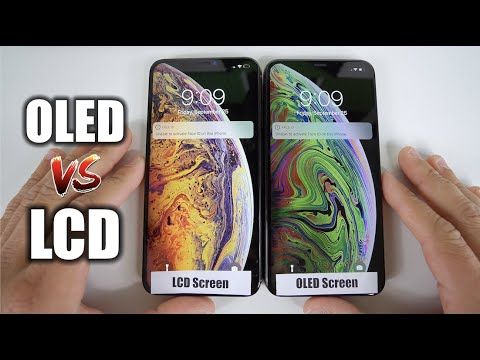
Smartphone Screen Types: OLED vs. LCD
Introduction
In the world of smartphones, one of the most crucial components is the screen. The advancement of technology has led to the development of various screen types, but two of the most popular options are OLED (Organic Light-Emitting Diode) and LCD (Liquid Crystal Display). Both these screen types have their own unique features and benefits, making it essential for consumers to understand the differences and make an informed decision when purchasing a smartphone.
OLED Screens
OLED screens are known for their vivid colors, high contrast ratios, and deep blacks. Unlike LCD screens, which require a backlight, OLED screens utilize individual organic light-emitting diodes for each pixel. This enables each pixel to generate its own light, resulting in enhanced color accuracy and true black representation.
In addition to their remarkable visual output, OLED screens also have a faster response time, thereby reducing motion blur. This makes them an excellent choice for consumers who frequently engage in gaming or watch videos on their smartphones.
LCD Screens
LCD screens have been around for a longer time and have been widely used in various devices, including smartphones. They rely on a backlight to illuminate the pixels, which can result in less accurate color reproduction and slightly washed-out blacks when compared to OLED screens.
However, LCD screens have their own advantages. They tend to be more affordable, making smartphones equipped with LCD screens a cost-effective option for budget-conscious consumers. Additionally, LCD screens consume relatively less power compared to OLED screens, which can lead to improved battery life.
Comparison
When comparing OLED and LCD screens, various factors need to be considered, including:
Color Accuracy: OLED screens offer superior color accuracy due to their ability to individually control each pixel’s illumination.
Contrast Ratio: OLED screens excel in providing deep blacks and high contrast ratios, offering a more immersive visual experience.
Power Consumption: LCD screens consume less power, which can contribute to improved battery life.
Response Time: OLED screens have a faster response time, resulting in reduced motion blur.
Price: While OLED screens offer exceptional visual quality, they tend to be more expensive than LCD screens, making them a premium feature in smartphones.
Conclusion
Choosing between OLED and LCD screens ultimately depends on individual preferences and requirements. OLED screens are ideal for those seeking top-notch visual quality, vibrant colors, and deep blacks, while LCD screens provide a more budget-friendly option with decent visual performance and power efficiency.
As technology continues to advance, companies enhance screen technology further, creating even more innovative screen types. Regardless of the choice, both OLED and LCD screens offer remarkable viewing experiences and contribute to the overall functionality and appeal of modern smartphones.

